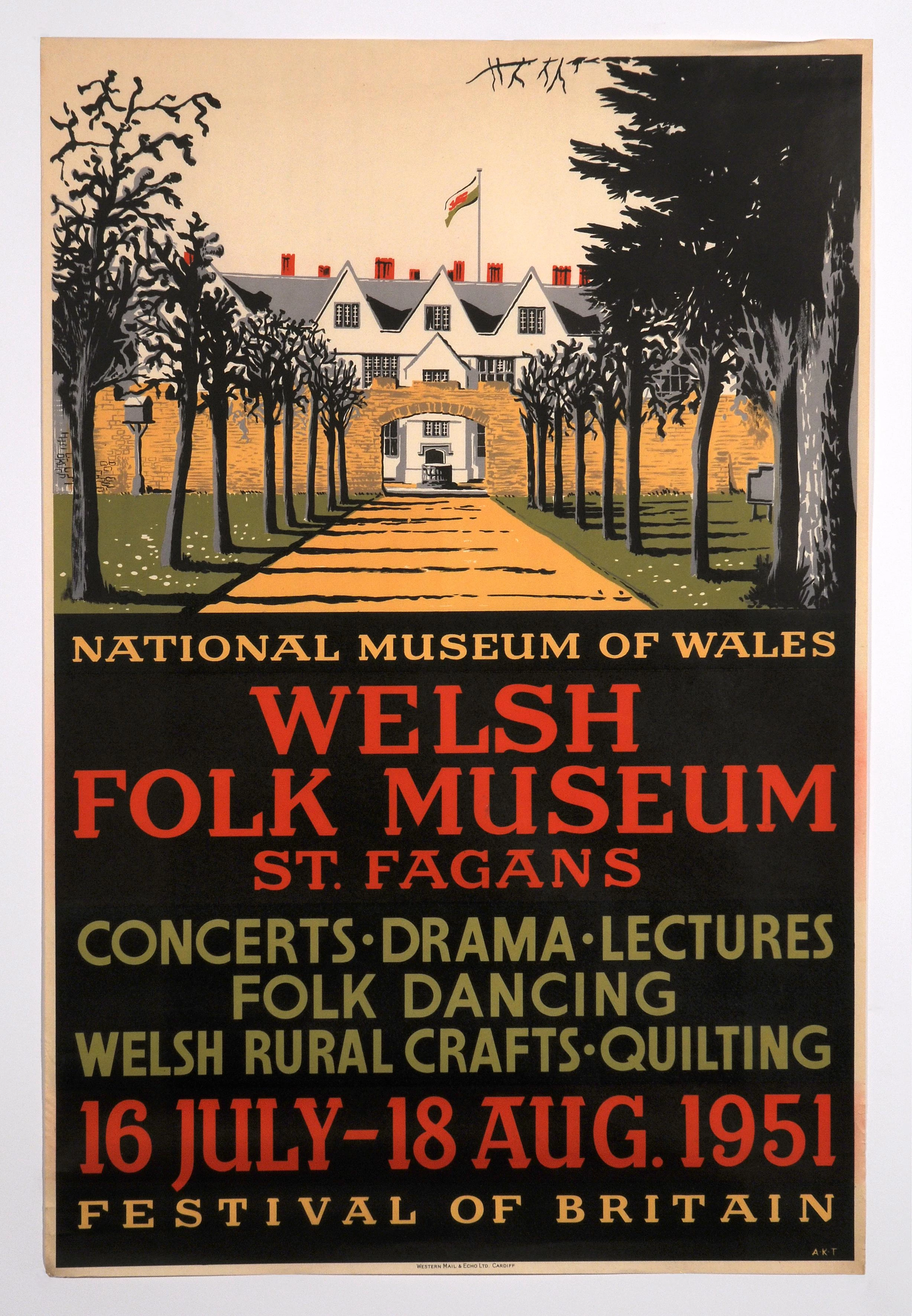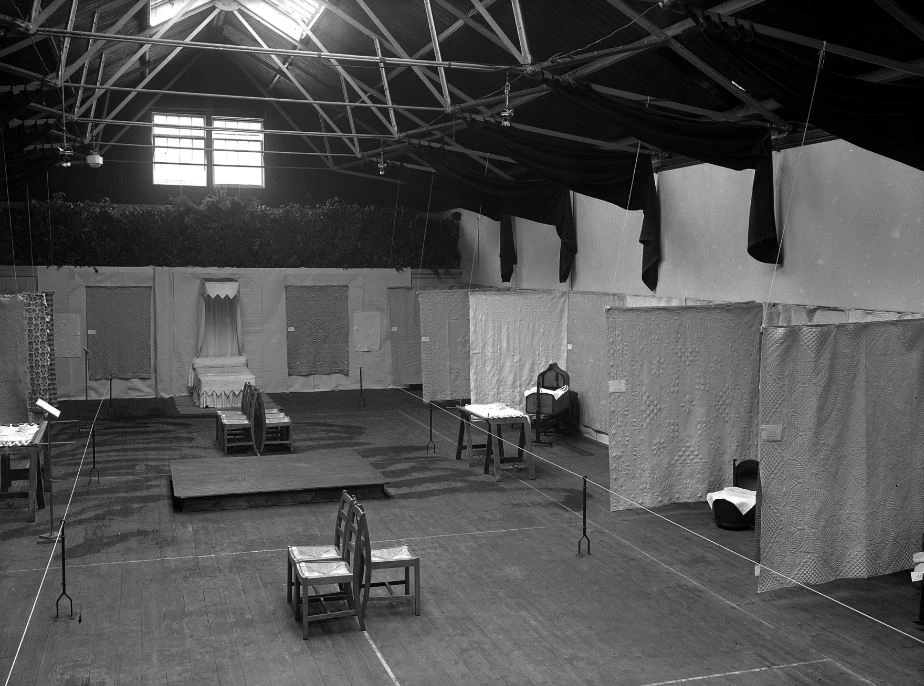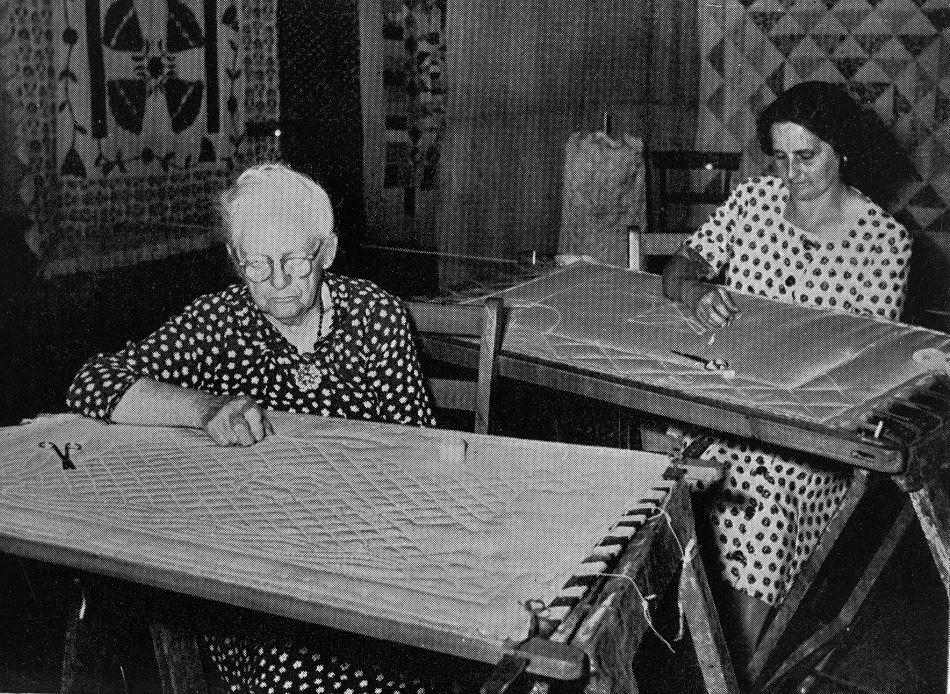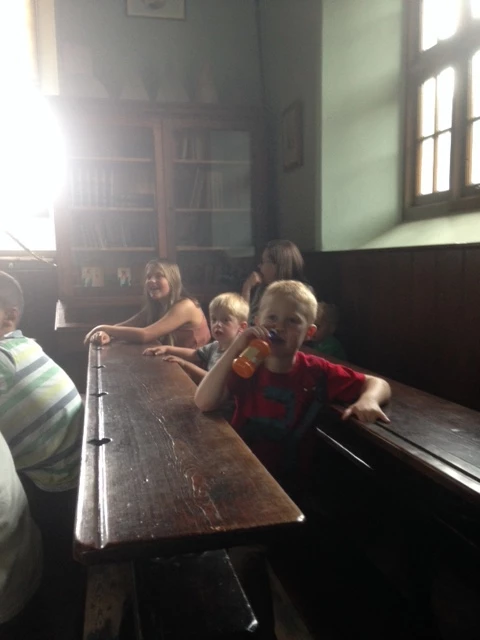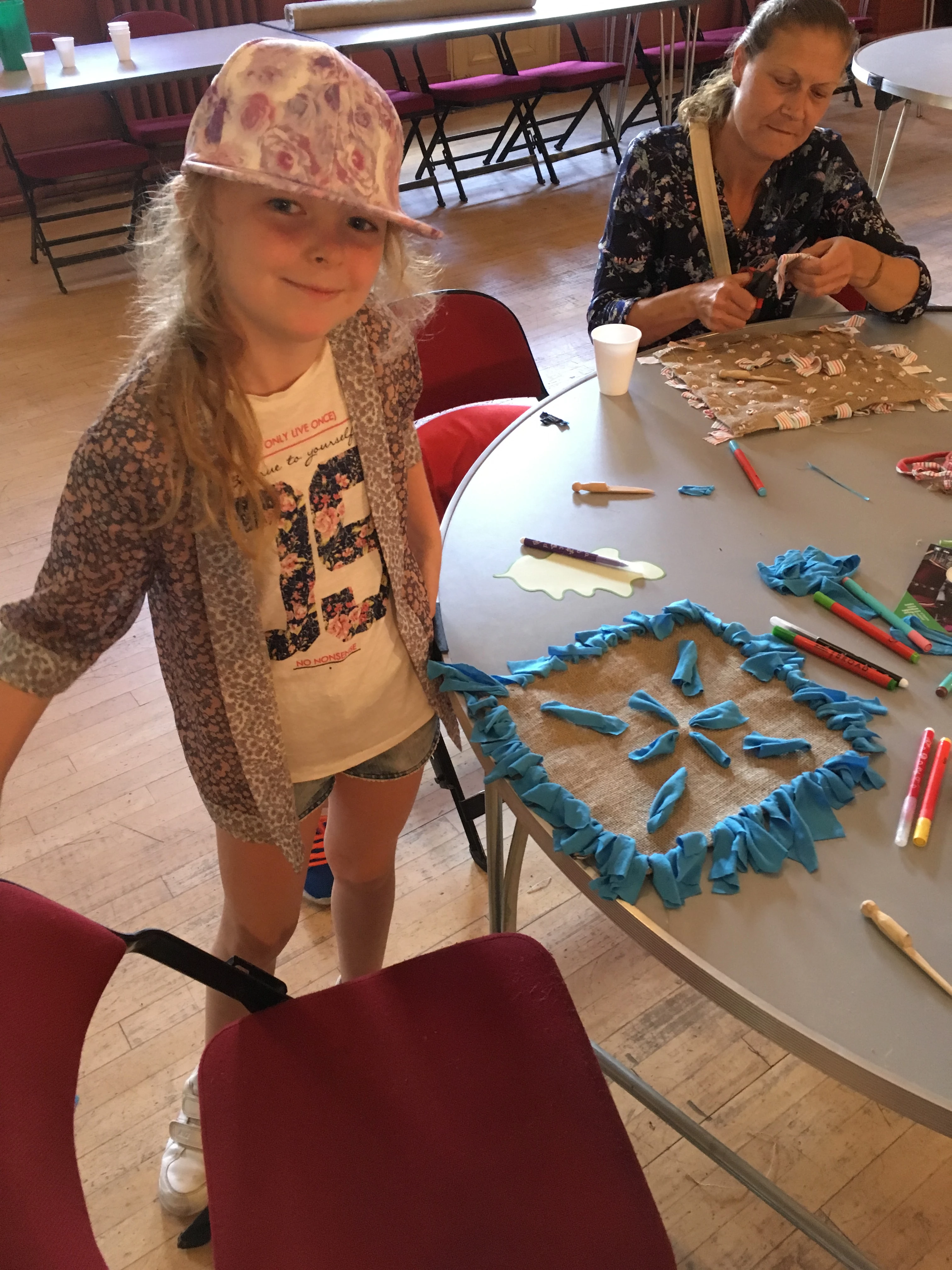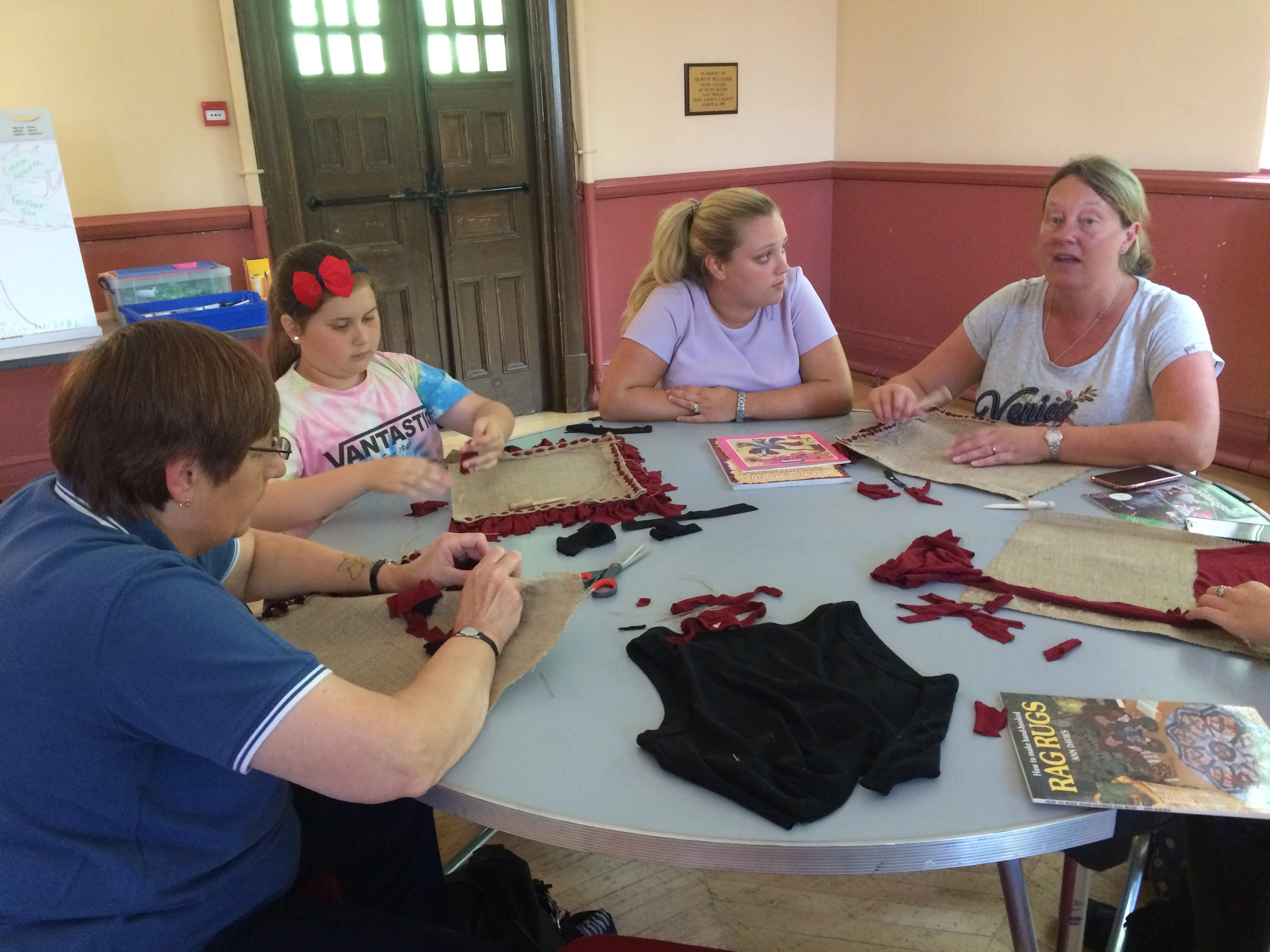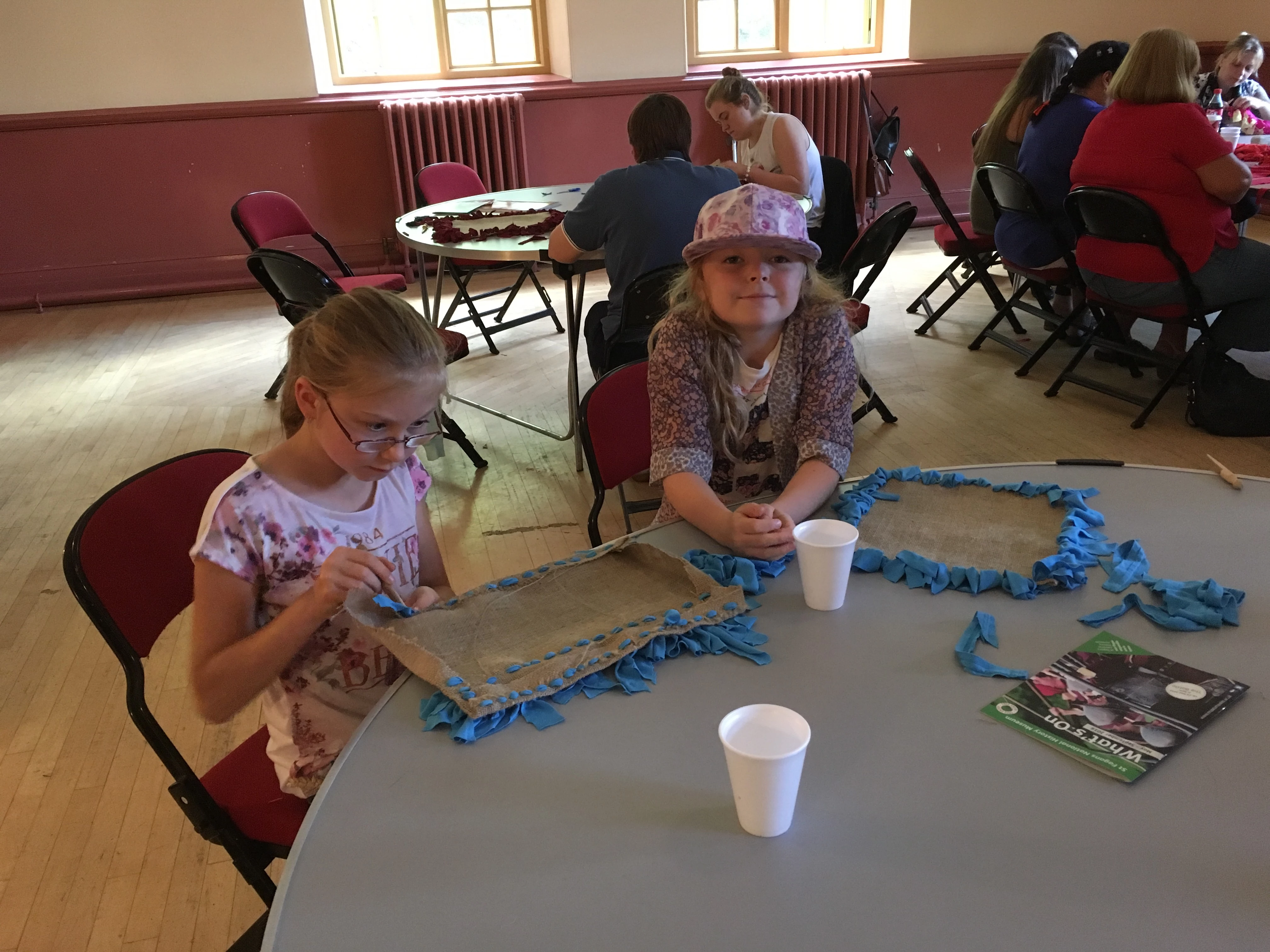Festival of Britain 1951 – the National Exhibition of Quilting
, 25 Awst 2016
In the summer of 1951 a large-scale quilting exhibition was staged at St Fagans as part of Wales’ contribution to the Festival of Britain. Billed as ‘the largest, most comprehensive and the most interesting of its kind ever staged in the Principality’, the exhibition – organized jointly with the Monmouthshire Rural Community Council – showcased the work of 60 contemporary quilters, alongside historic examples from the Museum’s collection and private owners. The Banqueting Hall – a vast pavilion-like structure in the grounds of St Fagans Castle – provided a dramatic setting for the display, the likes of which had not been seen at the newly-established Museum before.
Call for entries
Although the exhibition ran for little over three weeks (16 July-18 August), it was the culmination of months of planning, led by Mr D. L. Jones of the Welsh Rural Industries Committee. In keeping with the Museum’s founding principle of inspiring a new generation of makers, the show included daily demonstrations and prizes for the best contemporary work on display. In February of that year, a final call for entries was published in the Western Mail:
Although we have received a record entry for the National Quilting Exhibition… it is not too late to receive further entries… Substantial prizes and certificates of merit will be awarded to successful candidates, and it will undoubtedly provide an excellent opportunity for Welsh quilters to show our oversees visitors that they still possess the skill of their forebears in this one remaining traditional needlecraft.
Competition
The work submitted for the exhibition included large and small quilts, cot covers, bonnets, dressing gowns and dressing jackets. In total, 65 original, hand-quilted pieces were chosen for display by the selectors. The judging panel included Mavis FitzRandolph who, under the auspices of the Rural Industries Bureau, had been instrumental in setting-up quilting classes in the industrial heartlands of south-east Wales during the 1920-30s Depression. The aim of the scheme was to revive and improve the standard of Welsh quilting, therefore enabling young women in economically deprived communities to earn a living making by hand. Many of those who won prizes at the 1951 exhibition were taught to quilt under this scheme, including Irene Morgan of Porthcawl - one of the best quilters of her generation. Originally from Aberdare, Irene began to quilt in the late 1920s and subsequently became a nightclass teacher in the Bridgend area, until the onset of glaucoma stopped her from stitching in the 1960s. Her prize winning certificates from the 1951 exhibition were donated to the Museum following her death in 2000.
The future - Gweithdy
Emulating the spirit of the 1951 exhibition, exciting plans are afoot here at St Fagans. A new gallery called Gweithdy is currently being built in the Museum's grounds which will be a celebration of making by hand in Wales through the centuries. As well as having objects on display – including several quilts and other textile crafts – the new gallery will be designed very much like a workshop, with spaces for people to have-a-go at making, and to enroll on craft courses. Needless to say, we are all hugely excited about this development – a new chapter in our history as a museum which, we hope, will inspire the makers of the future.
